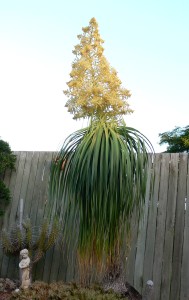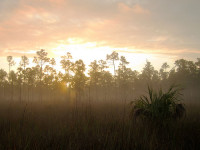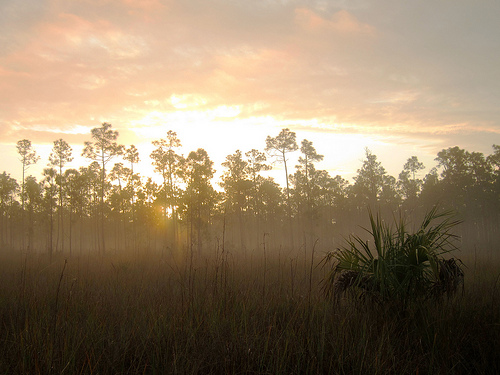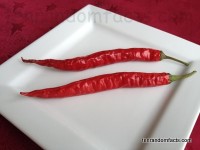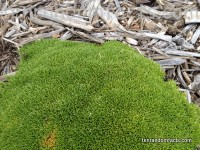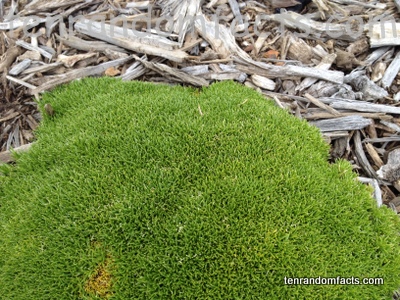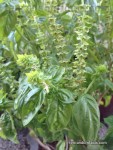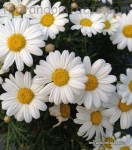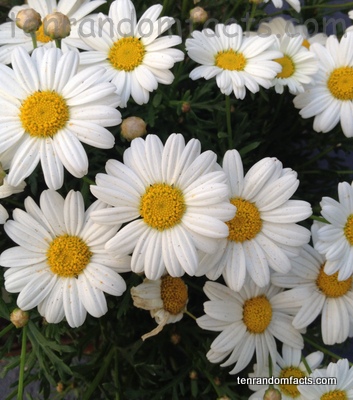
Ponytail palms fit all the criteria. They are unique, decorative and intriguing.
- Ponytail palms are evergreen plants that are native to specific eastern areas of America’s Mexico.
- The ponytail palm belongs to the family Asparagaceae, a family of flowering plants, and it is one of at least nine species in the Beaucarnea genus, and it has the scientific name Beaucarnea recurvata,
- A ‘ponytail palm’ is also known as an ‘elephant’s foot, a ‘ponytail plant’ and a ‘ponytail palm tree’, and despite its common name, it is not technically a species of palm.
- Ponytail palms have an enlarged trunk base and long, drooping, green leaves that can be 1 metre (40 inches) long.
- Ponytail palms became known to Europeans in 1870, when they were discovered by the French, and the plants later became available in various parts of the world.
Image courtesy of Val Laird
- Ponytail palms are perennials that can grow to be 1.8 to 9 metres (6 to 30 feet) in height, and they prefer a sunny position in well-drained soil, and they can tolerate drought conditions.
- Ponytails palms are commonly used in recreational areas or home gardens for ornamental purposes.
- The British Royal Horticultural Society has given the ponytail palm the Award of Garden Merit.
- Water is gathered internally in the base of the ponytail palm trunk; and the plant exterior should not be sitting in water for long periods, as rotting can occur.
- Ponytail palms usually do not bloom until they are ten years old, and when the plant is mature enough it will flower during summer, with clusters of white to cream flowers.



